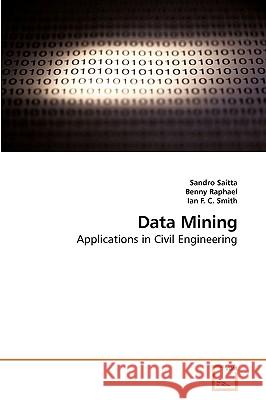Data Mining » książka
Data Mining
ISBN-13: 9783639207569 / Angielski / Miękka / 2009 / 184 str.
Data alone are worth almost nothing. While data collection is increasing exponentially worldwide, a clear distinction between retrieving data and obtaining knowledge has to be made. Data are retrieved while measuring phenomena or gathering facts. Knowledge refers to data patterns and trends that are useful for decision making. Data interpretation creates a challenge that is particularly present in system identification, where thousands of models may explain a given set of measurements. Manually interpreting such data is not reliable. One solution is to use data mining. This book thus proposes an integration of techniques from data mining, a field of research where the aim is to find knowledge from data, into an existing multiple-model system identification methodology. In addition to providing information about the candidate model space, data mining is found to be a valuable tool for supporting decisions related to subsequent sensor placement.
Data alone are worth almost nothing. While data collection is increasing exponentially worldwide, a clear distinction between retrieving data and obtaining knowledge has to be made. Data are retrieved while measuring phenomena or gathering facts. Knowledge refers to data patterns and trends that are useful for decision making. Data interpretation creates a challenge that is particularly present in system identification, where thousands of models may explain a given set of measurements. Manually interpreting such data is not reliable. One solution is to use data mining. This book thus proposes an integration of techniques from data mining, a field of research where the aim is to find knowledge from data, into an existing multiple-model system identification methodology. In addition to providing information about the candidate model space, data mining is found to be a valuable tool for supporting decisions related to subsequent sensor placement.











